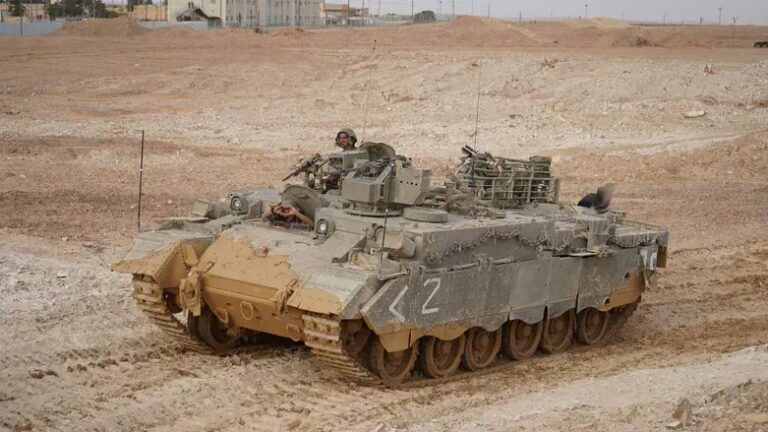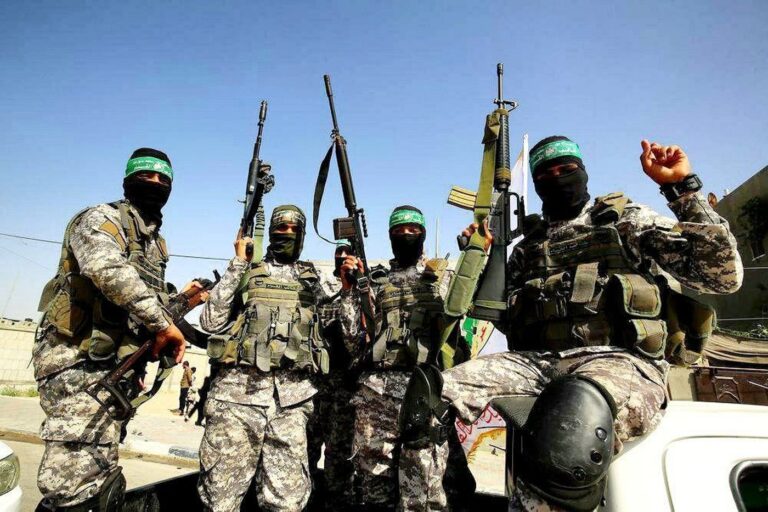A father and son made a mad dash “through hell” in the middle of a blazing forest fire while driving down a winding mountain road in Glacier National Park in Montana — and have it all caught on a harrowing video.
The pair emerged with their lives, but not the car — they ended up abandoning it to the flames.
The video was filmed in West Glacier, Montana, where the Howe Ridge Fire has already scorched over 4,000 acres since it started on Aug. 11.
Evacuations were in effect in the Lake Macdonald area, where Justin Bilton and his 70-year-old father were forced to flee.
“My 70-year-old dad and I were stuck at a trailhead at the end of a dead-end road near Lake Macdonald in West Glacier, MT,” Bilton wrote on YouTube in sharing the video. “The wildifre (sic) was between us and the only way out. After we reached the downed, burning tree seen at the end of the video, I had to reverse all the way back to the trailhead, where we were lucky to flag down a boat.”
Bilton said he and his father were rescued by two park rangers after abandoning their vehicle.
In the video you can hear Bilton repeatedly worry they aren’t going to make it out with their lives, asking, “What if the car blows up?” and eventually saying, “Dad this is insane,” at one point. Of course, like any father riding with his son, raging wildfire or not, he warns Justin “easy, easy” and “slow down.”
Dramatic video shows a father & son make a mad dash to escape the Howe Ridge Fire in Glacier National Park through the only road out from their campsite, flanked by flames. They were ultimately rescued by park rangers after abandoning their vehicle – ABCpic.twitter.com/IKLfu1EYQn
— Breaking911 (@Breaking911) August 20, 2018
Monday’s weather was a mix of good and bad news for firefighters working in Glacier National Park.
Some rain fell in the West Glacier area, offering a brief respite from the smoke, but there wasn’t enough precipitation to have much of an effect on a lightning-caused fire burning northwest of Lake McDonald.
“It’s nothing to write home about,” fire information officer Chris Wyatt said Monday of the rain that fell on the 12.5-square-mile (32-square-kilometer) Howe Ridge Fire.
Unsettled weather is forecast for the next few days with the possibility of thunderstorms and wind gusts up to 35 mph (56 kph) on mountain ridges.
While the wind typically blows from the west, the latest front is moving in from the northeast, which could push the fire toward Apgar Village at the southern edge of Lake McDonald. An evacuation warning was issued for the village Sunday and the Flathead Beacon reports most people left.
The fire, which made its first big run on Aug. 12, burned actively Sunday night into Monday after winds pushed it into trees killed by a 2003 fire, officials said. However, fire managers did not fly the fire overnight to get an updated size.
Firefighters are using hoses and sprinklers to try to prevent the fire from moving closer to the scenic Going-to-the-Sun Road northeast of Lake McDonald.
The mountain road remained closed from the foot of Lake McDonald to Logan Pass. The Logan Pass visitor’s center is open, with shortened hours from 9:30 a.m. to 4 p.m. Going-to-the-Sun Road was open from the pass to St. Mary, park officials said.
Elsewhere, some residents near the southwestern Montana town of Ennis were allowed back into their homes after being evacuated for more than a week due to two wildfires that have burned nearly 17 square miles (44 square kilometers) of land.
Meanwhile, smoke from fires in northwestern Montana, the Pacific Northwest and British Columbia led Montana’s Department of Environmental Quality to issue an air quality alert in parts of western Montana.
The air was unhealthy in parts of northwestern Montana at midday Monday and unhealthy for sensitive groups in much of southwestern Montana. Rain had helped improve the air quality to moderate in central Montana.
Monday’s haze was nowhere near as bad as last summer when fires burned around the Seeley Lake area, trapping smoke in the valley between the Rocky Mountains and the Mission Mountains.
The town had hourly pollution readings at the hazardous level during 26 days in August 2017, in many cases topping out the ability of the equipment to measure the level of pollution.
“There aren’t even the correct health categories to describe what they’re seeing,” Missoula County air quality specialist Sarah Coefield said at the time.
(YWN / AP)












One Response
Brings back horrible memories of the bus in the Carmel fire that didn’t make it.